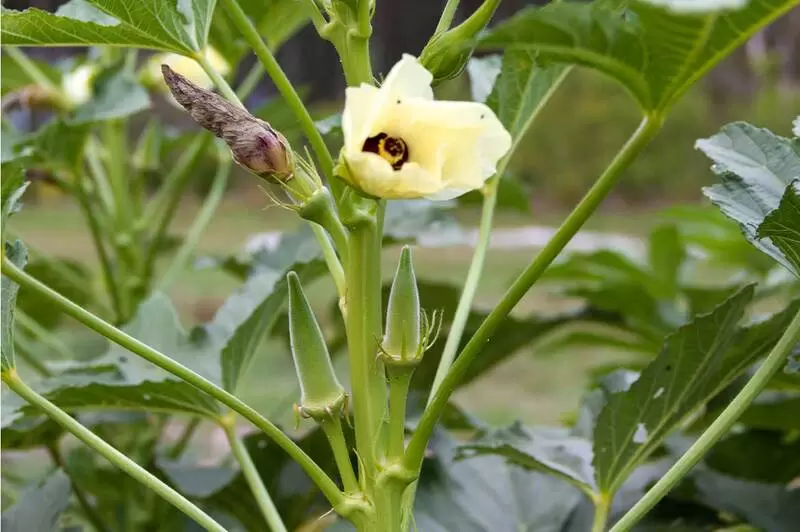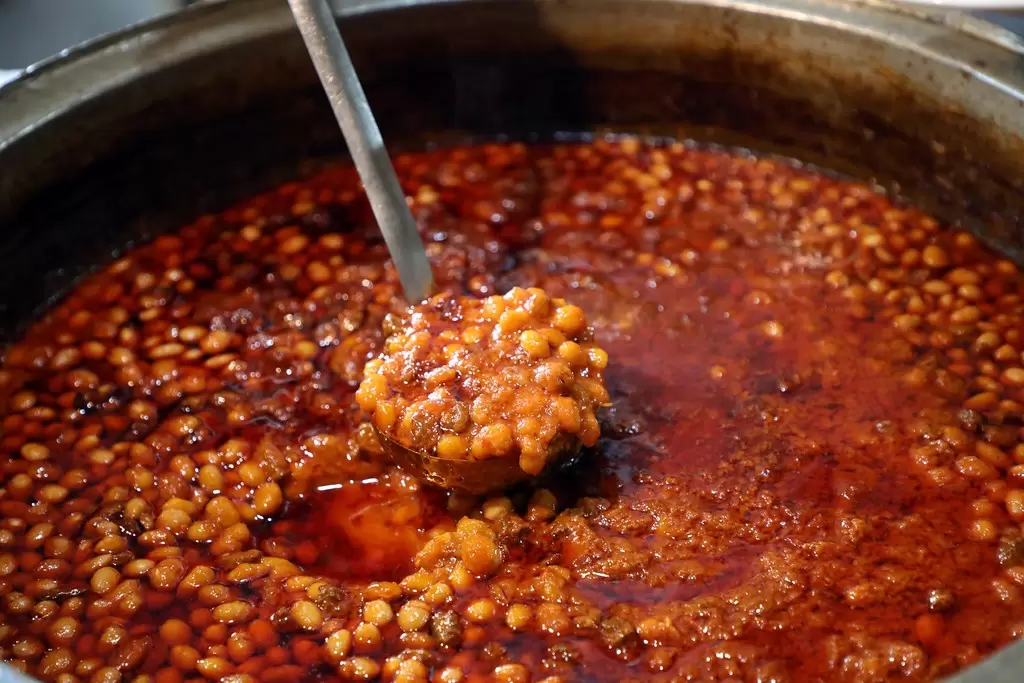
Amasya Flower Okra, a geographically indicated product, is a premium variety of okra (Abelmoschus esculentus L.) cultivated in the fertile lands of Amasya, Turkey. This unique okra is celebrated for its small, tender pods, exceptional nutritional value, and distinct cultivation methods rooted in the region’s agricultural heritage. With its light green color and delicate texture, Amasya Flower Okra is a staple of Turkish cuisine and a symbol of the region’s farming excellence.
Distinctive Features of Amasya Flower Okra
-
Unique Appearance and Structure:
Amasya Flower Okra stands out for its small, tender pods, averaging about 1 cm in length, resembling sultani okra but smaller. The plant is characterized by a branching structure, with 4-5 side shoots growing from a single base, enhancing its yield and distinguishing it from other okra varieties. -
Light Green Color:
The plant’s leaves and pods have a distinctive light green hue, determined by the sixth node leaf’s color. This vibrant shade is unique to Amasya Flower Okra and adds to its visual appeal. -
Minimal Fuzziness for Easy Harvesting:
Amasya Flower Okra has minimal fuzziness on its pods, making it easier to harvest and handle compared to other okra varieties. This feature also improves its texture and appeal in culinary applications. -
Rich Nutritional Value:
This okra is especially notable for its high Vitamin C content, which is even more concentrated in its dried form. Fresh okra harvested mid-season contains 34.56-41.76 mg of Vitamin C per 100 grams. The drying process preserves its nutritional integrity, ensuring it remains a valuable dietary component. -
Organic Farming Practices:
Amasya Flower Okra is cultivated using organic farming methods, adhering to sustainable and environmentally friendly practices. This approach enhances its quality, flavor, and appeal as a healthy, natural food product.
Cultivation and Harvesting
Amasya Flower Okra thrives in the Amasya region's favorable climate and soil conditions. The plant grows with a branching structure, producing abundant side shoots that increase its overall yield. Harvesting takes place after flowering and pollination, ensuring the pods are tender and nutrient-rich. The okra is harvested manually, ensuring careful handling to maintain its delicate structure.
Nutritional and Culinary Benefits
Amasya Flower Okra is highly versatile in Turkish cuisine. Its tender texture and rich flavor make it ideal for stews, soups, and vegetable dishes. The high Vitamin C content and minimal caloric value make it a popular choice for health-conscious consumers. Whether fresh or dried, this okra retains its nutritional benefits, offering a flavorful and nutritious addition to any meal.
Historical and Cultural Significance
The cultivation of Amasya Flower Okra is deeply rooted in the agricultural traditions of Amasya. Passed down through generations, the knowledge and techniques used to grow this okra contribute to its unique qualities. Its name, "Flower Okra," reflects its connection to the blooming stage of the plant, emphasizing its regional significance and heritage.
Why Amasya Flower Okra is Special
Amasya Flower Okra is more than just a vegetable—it represents the harmony between tradition, nature, and agriculture in the Amasya region. Its unique features, including its small size, light green color, and high Vitamin C content, make it a standout product among okra varieties. Whether enjoyed fresh or dried, Amasya Flower Okra offers a taste of the region’s rich culinary and agricultural traditions.
For travelers visiting Amasya, experiencing this iconic okra is a must. Its exceptional quality, unique characteristics, and cultural significance provide a genuine connection to the region’s natural bounty and culinary heritage.


















